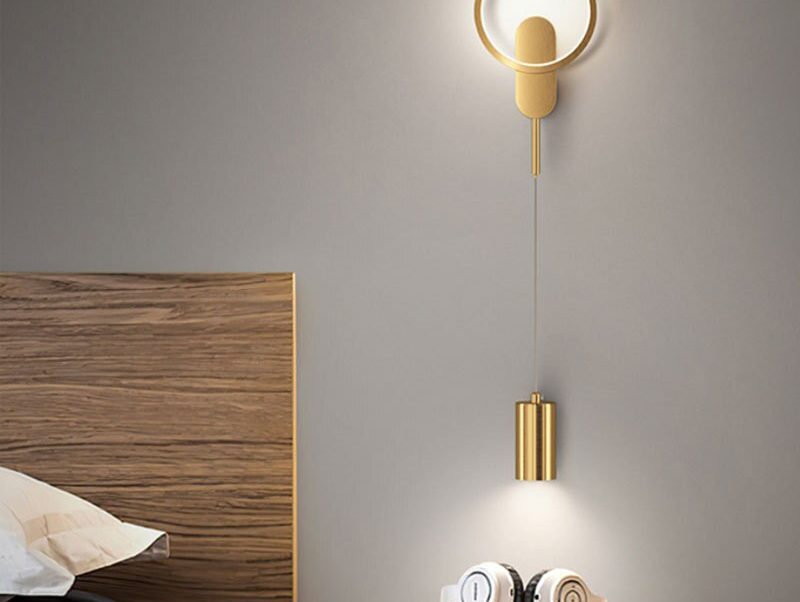Introduction
Are you looking for a unique and chic lighting fixture for your home? Do you love the natural beauty of twigs and branches? If so, consider making your own twig chandelier! With a little creativity, patience, and some basic tools and materials, you can create a stunning piece of natural art that will illuminate your space with warmth, charm, and sophistication.
Materials
To make a twig chandelier, you will need the following materials:
- Twigs or branches (preferably dry or dead)
- Wire (preferably thin and flexible)
- Lighting kit (chandelier base, bulbs, and wiring)
- Pliers and wire cutters (to manipulate and trim the wire)
- Scissors or a saw (to cut the twigs to size)
- Optional: paint, stain, or varnish (to enhance the look and durability of the twigs)
Instructions
Here’s how to make a twig chandelier:
- Decide on the size and shape of your chandelier. You can follow a pattern or create your own design, depending on your preferences and the space you want to adorn. You can aim for a rustic, bohemian, or modern look, depending on the style of your home and the ambiance you want to create.
- Collect your twigs or branches. You can find them in your backyard, a park, or a forest. Be sure to choose twigs that are straight, sturdy, and free of bumps, knots, or insects. It’s best to use twigs that are relatively uniform in thickness and length, so that the chandelier looks balanced and symmetrical. If you want to add color or texture to the twigs, you can paint them, stain them, or varnish them before you use them.
- Prepare your wire. Cut several pieces of wire that are long enough to wrap around the twigs and create the desired shape and size of your chandelier. (You can always trim the wire later if it’s too long.) Twist the wire into loops or hooks at the ends, so that it doesn’t slip off the twigs. You can also use pliers to bend the wire into more complex shapes or structures, such as spirals, stars, or flowers.
- Attach the twigs to the wire. Start by choosing a twig that will serve as the center or the main stem of the chandelier. Wrap the wire around the twig in a spiral or helix pattern, starting from the bottom and moving upwards. Alternatively, you can use the hooks or loops of the wire to hold the twigs together in a bundle or cluster. You can add twigs to the chandelier in any order or arrangement you like, as long as they are secure and balanced.
- Form the chandelier into a three-dimensional shape. Once you have attached all the twigs to the wire, you can start shaping the chandelier by bending and twisting the wire in different directions. You can create loops, hooks, or curves that protrude from the center, or you can fan out the twigs in a radial or symmetrical pattern. You can also vary the length or thickness of the twigs to create visual interest and depth. Remember to step back and look at the chandelier from different angles, to see how it looks from different perspectives.
- Connect the lighting kit to the chandelier. Once the chandelier is shaped to your liking, you can attach the lighting kit to the base of the chandelier. Follow the instructions on the kit to connect the wires, mount the bulbs, and install the switch. Test the lighting to make sure it works and that the bulbs are evenly distributed around the chandelier. Adjust the position of the twigs if necessary, to hide the wiring or to illuminate certain areas more effectively.




